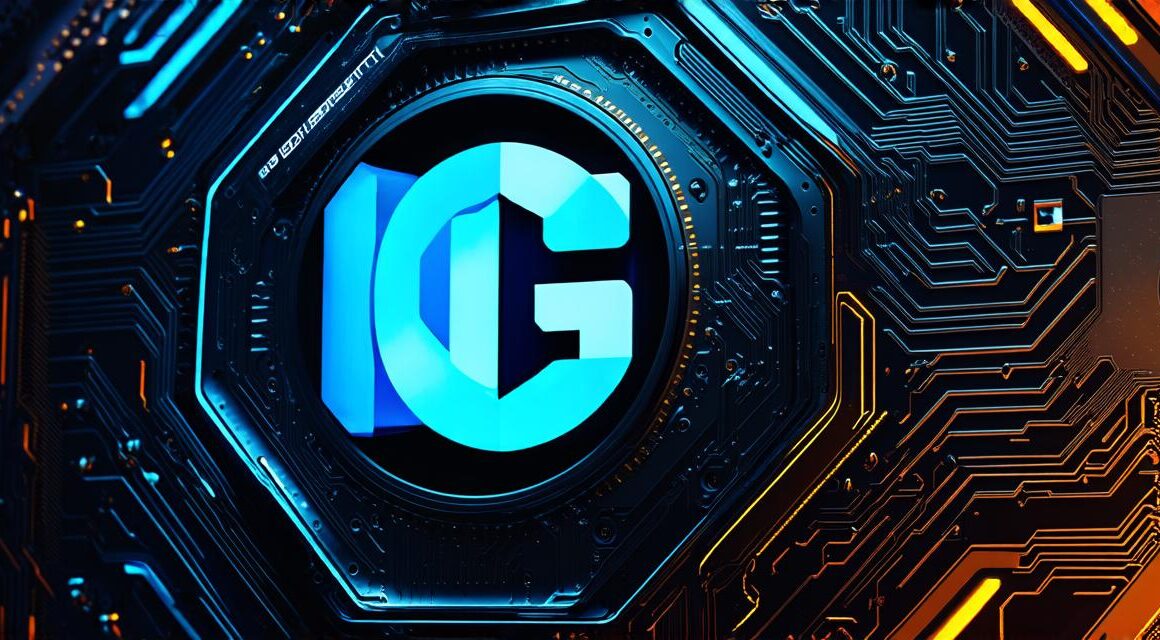Are you a game developer looking to bring your creative vision to life in a virtual world? Look no further than Unity, one of the most popular game engines on the market. In this article, we will explore the process of creating 3D models in Unity and how to optimize your workflow for maximum efficiency and impact.
To begin, let’s first understand what a 3D model is and why it is important in game development. A 3D model is a digital representation of a three-dimensional object that can be viewed from any angle. In games, 3D models are used to create characters, environments, props, and other assets that add depth and immersion to the virtual world.
Unity supports a wide range of file formats for importing 3D models, including FBX, Collada, and OBJ. Once you have imported your model into Unity, you can then use various tools and features to manipulate it and integrate it into your game.
One of the key benefits of using Unity for 3D modeling is its built-in support for real-time rendering. This means that you can see your model in action as you are working on it, rather than having to wait until it is fully complete before testing it in the game. This can save a lot of time and effort, especially when working with complex models or intricate details.
Another important aspect of creating 3D models in Unity is optimizing your workflow for maximum efficiency. This involves using the right tools and techniques to streamline your process and reduce the amount of time and resources required to create high-quality models.
One way to do this is by using a modular approach to modeling. Rather than trying to create everything from scratch, you can break down your model into smaller, more manageable parts and reuse them throughout your project. This can save a lot of time and effort, especially when working on complex projects with many assets.
Another useful technique for optimizing your workflow is using texture mapping. Texture mapping allows you to apply textures and images to the surface of your model, giving it more detail and depth. However, it can also be a time-consuming process if not done correctly. To optimize this process, it is important to use high-quality textures and map them efficiently, using techniques such as UV mapping and baking.
In addition to these technical considerations, it is also important to keep in mind the overall design and aesthetic of your game when creating 3D models. This involves considering factors such as lighting, materials, and colors, and how they will interact with each other to create a cohesive and immersive experience for the player.
One way to achieve this is by using Unity’s built-in rendering pipeline. The rendering pipeline allows you to customize the look and feel of your game, including the lighting, materials, and post-processing effects. By experimenting with different settings and configurations, you can create a visual style that complements your game’s overall design and theme.
Another important aspect of creating 3D models in Unity is testing and iteration. Once you have created your model and integrated it into your game, it is important to test it thoroughly to ensure that it works as intended and looks good in the context of the game. This may involve making adjustments to the model’s geometry, materials, or lighting, based on feedback from playtesters or other team members.
FAQs
Q: What file formats can I import 3D models into Unity?
A: Unity supports a wide range of file formats for importing 3D models, including FBX, Collada, and OBJ.
Q: How do I optimize my workflow for maximum efficiency when creating 3D models in Unity?
A: One way to do this is by using a modular approach to modeling and using texture mapping efficiently. Additionally, experimenting with Unity’s rendering pipeline can help create a visual style that complements your game’s overall design.
Q: What are some common mistakes to avoid when creating 3D models in Unity?
A: Some common mistakes include not optimizing textures and maps, not considering the overall design and aesthetic of the game, and not testing the model thoroughly before integrating it into the game.
Conclusion
Creating 3D models in Unity can be a powerful tool for game developers looking to bring their creative vision to life in a virtual world. By optimizing your workflow for maximum efficiency, using the right tools and techniques, and considering the overall design and aesthetic of your game, you can create high-quality 3D assets that add depth and immersion to your project.



